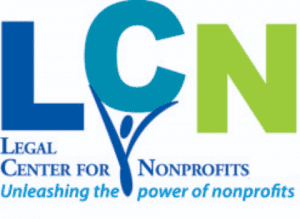I just returned from Washington DC where I attended Representing & Managing Tax-exempt Organizations, the annual nonprofit law conference presented by Georgetown University Law School. This conference is always interesting as it brings together many nonprofit law luminaries, but it is also eagerly looked forward to because the IRS Exempt Organizations Director always presents the first session on the first day, offering news about IRS activities relating to tax-exempt organizations.
Tamera Ripperda was introduced as the new Director of IRS’s Exempt Organizations Division—she has been in the job just since January this year. She began by acknowledging the lengthy wait time for determination letters, but then offered context for the wait. On average, IRS receives 60,000 applications per year for exempt status. This has been compounded by automatic revocation—organizations that have been automatically revoked must reapply for recognition as tax-exempt, and as a result, in the period 2011-2013, applications have been averaging 80,000 per year. At the moment, IRS has 10,000 applications for reinstatement in hand. Of the applications “in inventory” right now, 15% are over a year old. Receipt of applications outpaces closure of cases.
Ripperda, however, brought some good news, stating that IRS is focusing on closing out the old applications ahead of the new, and expects that all of the old applications will receive a determination by this summer. The goal is to achieve a 9-month turnaround for all applications—a vast improvement from the current 12 to 18-month wait, but still a far cry from the good ole days when the turnaround was 4 months.
Ripperda also discussed the new IRS Form 1023-EZ, that is expected to help ease the determination crunch by providing a much simplified process for smaller nonprofits meeting specific criteria. Planned to be fully operational this summer, Ripperda said she anticipates 70% of applicants should be able to use it, and it will significantly reduce the burden on smaller organizations. At the same time, however, she alluded to a “back-end review process” IRS will use to look at compliance of those organizations using the 1023-EZ.
An eligibility worksheet will help nonprofits determine whether they can usethe 1023-EZ. The form itself will include self-attestations as to annual gross receipts, organizational structure, nature of activities, and the like. It can only be filed electronically, and will be automatically rejected if it is incomplete or the user fee is incorrect—this by itself will save IRS an enormous amount of time.
I will have more to say about the rest of the two-day conference, as well as a first take on 1023-EZ. Stay tuned!
